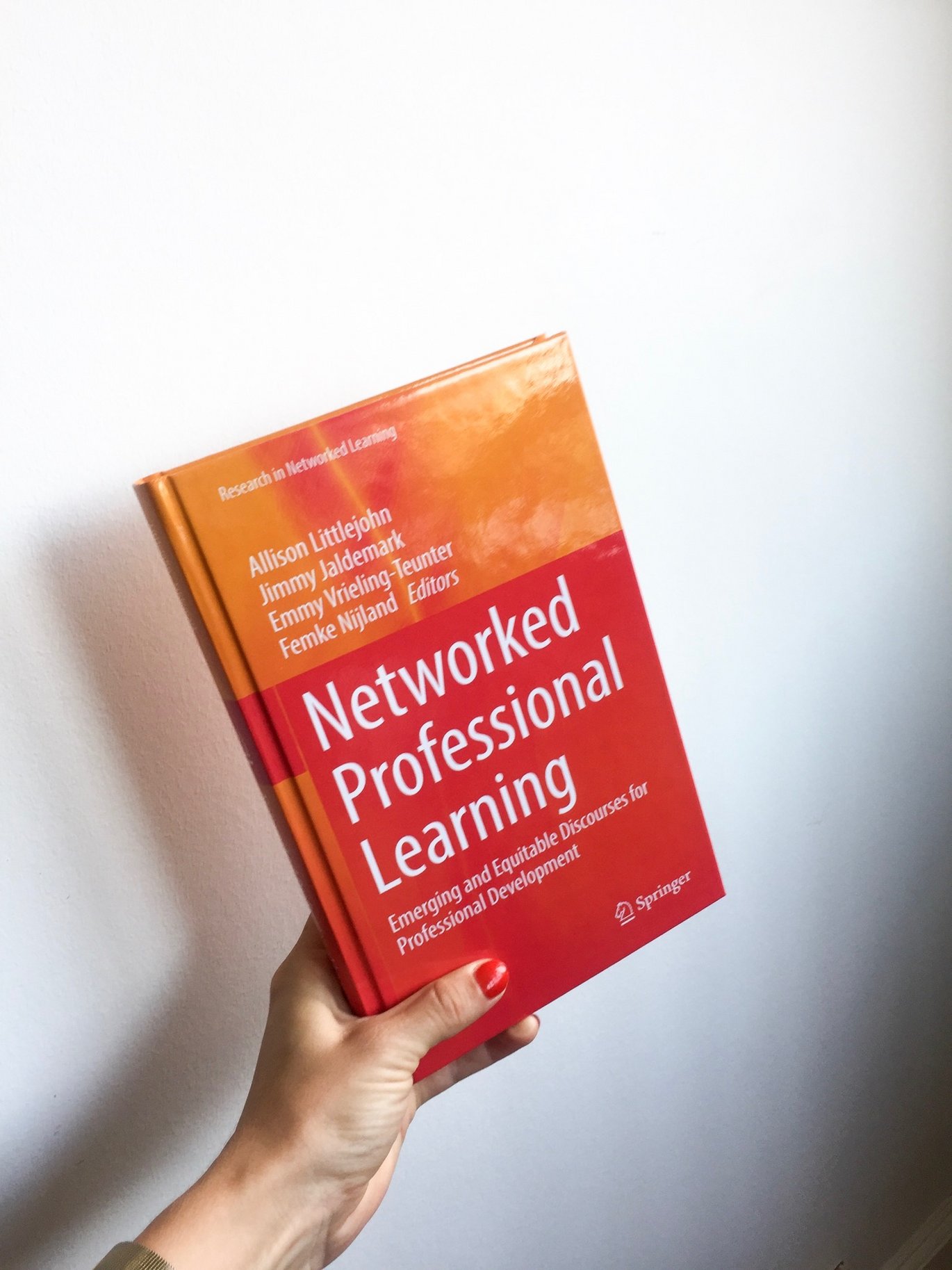Professionel læring udenfor uddannelsesinstitutionerne
I anledning af udgivelsen af bogen “Networked Professional Learning - Emerging and Equitable Discourses for Professional Development” har vi spurgt professor Yishay Mor, hvorfor det er vigtigt at fokusere på ‘professionel læring’ uden for uddannelsesinstitutionerne, og hvordan ‘networked learning’ spiller en rolle i professionel udvikling. Læs hans svar her.

Why is it important to focus on professional learning outside of existing educational programmes?
We live in an age of hybridity: the contexts of our life (work, education, social, personal) are constantly intersecting and intermixing. A generation ago, you would still learn a profession in an educational institution, and then apply the knowledge you acquired, while gradually refining and updating it, throughout your career. That model is eroding fast. On the one hand, we see teenage entrepreneurs, acquiring skills and knowledge through online communities and free and open educational offerings, setting up their own businesses. On the other hand, in 2018 the world economic forum predicted that over a 4 year period, a quarter of all jobs will be replaced by new ones. This means that even those that walk the safe path of professional development stand a high chance of finding their training obsolete. If we look at the combined effect of these (and other) trends, the conclusion is that the locus of professional learning is moving out of formal education, and into the workplace (or out to "the wild"). The role of educational institutions will transform to focus on transversal skills, and on collaborations with professional and other bodies to support continuous education.
How do you understand and define the term networked learning?
Easy. Networked learning is learning that happens in networks. In other words, networked learning occurs where we have a set of learners, connected by social and technological links, who make use of their connections to construct and share knowledge. But not so easy - what is a network, and how does it function as a locus for learning? We're used to talk about individual and social learning, formal and informal. Social learning is usually situated in communities (informal) or organisational structures (formal). Networks are a different breed. Wenger, Trayner & De Laat (2011) make a distinction between networks and communities:
"We prefer to think of community and network as two aspects of social structures in which learning takes place.
The network aspect refers to the set of relationships, personal interactions, and connections among participants who have personal reasons to connect. It is viewed as a set of nodes and links with affordances for learning, such as information flows, helpful linkages, joint problem solving, and knowledge creation.
The community aspect refers to the development of a shared identity around a topic or set of challenges. It represents a collective intention—however tacit and distributed—to steward a domain of knowledge and to sustain learning about it."
But Latour (1996) gives us a more complex perspective. Whereas communities and organisational structures are relatively rigid and stable, networks are ever-shifting, intertwining, twisting, dispersing and reconnecting. In short, networks are dynamical. What's more, in a network of learning nodes (be they neurons, humans or organisations) the learning itself changes the network. When I learn through my network, I also learn about my network: I learn which nodes are good sources of knowledge on which topics, and strengthen the connections with them along the relevant dimensions. I discover new sources of knowledge and connect with them, I discredit and disconnect from nodes which have proved unreliable.
At the same time, the qualities of the network (scale-free, small-worlds, adaptive) enable emergent phenomena in the creation and spread of knowledge. Hierarchical structures are good in disseminating knowledge from the top down. Communities of practice support the flow of knowledge from the centre out and the flow of learners from the periphery to the centre. Self organising networks afford the rapid flow of knowledge from anywhere to anywhere. They are much more robust and responsive than institutional structures.
The power of networks comes at a price: their dynamic and responsive nature means they are hard to monitor and modulate. Thus, they are effective in "negative" learning as well as they are in positive - spawning fake news, coordinated hate offensives and other evils. To truly understand and leverage networked learning, we need to shift from a linear/grid/hierarchy mindset to a dynamical network one.
Why is networked learning an important part of professional development?
In short: the answer to this is the sum of the previous two. Today's professionals need to engage in continuous learning throughout their careers. Today's professionals are organised in complex and ever-shifting networks, supported by a myriad of technological channels. The corollary is that professionals need to rely on effective networked learning to keep abreast of their job.
